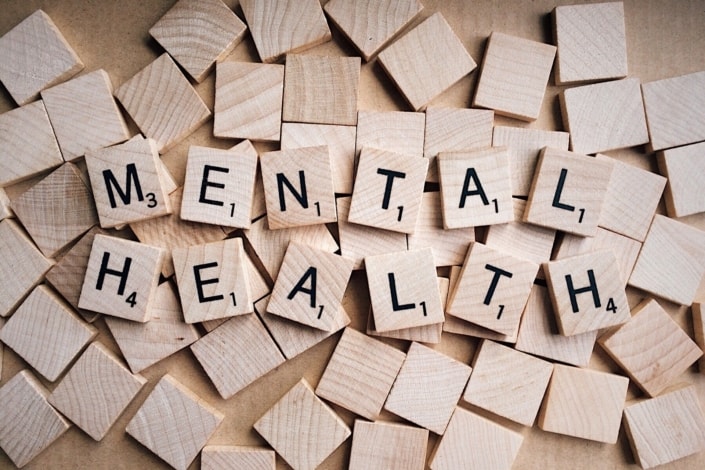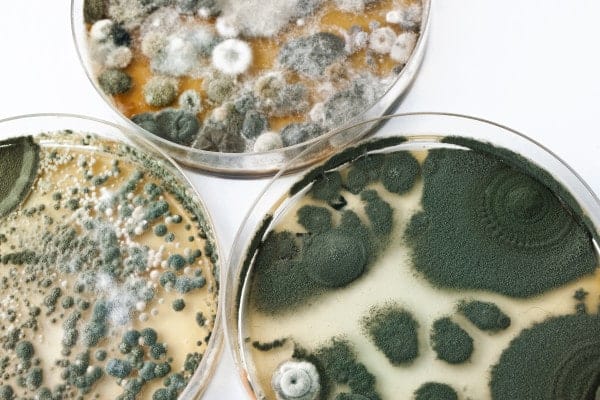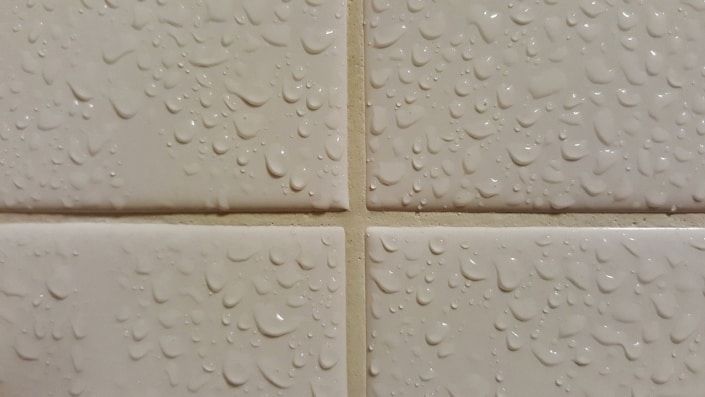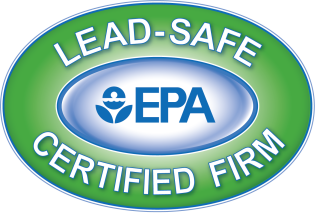Mold is very common, and can live in almost any indoor environment including: office buildings, homes, skyscrapers, and more! Any time there is even a tiny bit of moisture, mold can grow. The smallest leak can cause mold to grow in your home or office.
Why should it matter if mold grows? Mold causes serious indoor air quality problems and can make you very sick. Even healthy adults who do not have allergies or asthma can be affected by mold and poor indoor air quality. It is now known that mold causes mental health problems as well as allergy and asthma symptoms.
What kinds of mental health problems are caused by mold? How do you know if you have mold? How do you get rid of it if you do?! Come learn more about the effects mold has on mental health, and what you can do about it!
EFFECTS OF MOLD ON THE BRAIN
Generally when people think about the effects of mold, they think of allergies and asthma such as sneezing, wheezing, and itchy eyes. However, certain molds can also be harmful to your health. So where is the line between an allergic mold and a toxic mold? The line is defined by something called a mycotoxin.
Mycotoxins, literally ‘fungus poison’ in Latin, are secondary metabolites that can be produced by molds, and are not living organisms. They are a byproduct of mold. Not all mold spores produce mycotoxins, but some do. So the molds that produce mycotoxins are the ones that could be categorized as ‘toxic.’ When mycotoxins have been in your body for a period of time, you can develop mycotoxicosis or ‘poisoning resulting from exposure to fungal toxins.’

Recently, scientists have been studying the effects of mycotoxins on people, and have found that people exposed to both molds and mycotoxins show symptoms of poisoning in multiple organ systems including: the lungs, muscles, central and peripheral nervous systems (Ratnaseelan, A. M., et. al. 2018). According to the authors, “information reviewed indicates that exposure to mold and mycotoxins can affect the nervous system, directly or through immune cell activation” (Ratnaseelan, A. M., et. al. 2018). The authors reviewed scientific literature for how molds and mycotoxins affect children, adults, and people with specific diseases such as autism (Ratnaseelan, A. M., et. al. 2018). For this article, we will focus on how molds and mycotoxins affect the nervous system in adults.
(Note: We have included a glossary of terms at the bottom of the post for your convenience. )
DISORDERED OR IMPAIRED BRAIN FUNCTIONS
Adults that have been exposed to mycotoxins can exhibit symptoms such as disordered brain function, changes in balance, slower blink reflexes, slower reaction times, color discrimination problems, and depression (Ratnaseelan, A. M., et. al. 2018).
For adults exposed to mold and mycotoxins, scientists have discovered that brain function of adults exposed to mold is abnormal or significantly decreased compared to those who have not been exposed to mold.
In a 2010 study, visual-spatial tests, verbal learning tests, and hand-eye coordination tests were used to determine if patients that were exposed to mold had impaired brain functioning compared to people who had not been exposed (Baldo, J. V. et. al., 2010). Visual-spatial tests are tests that are designed to test how well a person sees, analyzes, and understands the word around them. Verbal learning tests were performed to determine how well people process verbal information. Hand-eye coordination tests (psychomotor speed) determine how quickly a person can detect and react to changes in his or her environment. Patients that had been exposed to mold scored significantly lower on all the tests than people who had not been exposed to mold (Baldo, J. V. et. al., 2010).
In separate studies, patients exposed to mold could not walk in a straight line with their eyes closed or stand on their toes, and suffered from short-term memory loss (Rea, W. J. et. al, 2017). A study in Arizona (Crego, B. R., et. al. 2010), even said that people exposed to multiple mycotoxins had brain impairments similar to people who have mild traumatic brain injuries! Patients exposed to mold are also more likely to experience headaches, muscle fatigue, bronchitis, depression, anxiety and other cognitive impairments (Ratnaseelan, A. M., et. al. 2018).
Just one of these many problems from being exposed to mycotoxins is scary enough! Here at Branch Environmental, we want you to have the knowledge and the tools to prevent mold growth and protect your family. Because nobody should live or work in a building that makes them sick.
HOW AND WHY DO MOLDS GROW?
Molds need four things to grow: oxygen, moisture, a food source, and warmth. Molds are fungi which are unique organisms. Fungi grow from microscopic spores that are everywhere in the air. Molds are found everywhere in nature, and are important for recycling organic matter (such as leaves). The recycling process they perform returns nutrients to the soil, and is important for plants to grow.
Fungi are unique in that they digest their food outside their bodies before ingesting the nutrients. Partially because of the exterior digestion, molds produce mycotoxins which can make you exceedingly ill.

PREVENTING MOLD GROWTH
Basic home maintenance and inspection are key to preventing mold growth. Remember, fungi need four things to grow: oxygen, moisture, a food source, and warmth. It is difficult to significantly change the temperature or remove oxygen from a room. (We have to breathe after all!) Not to mention, that fungi can digest almost any organic material (anything made of carbon). The best way to stop mold growth is to prevent moisture buildup.
Home owners can prevent moisture buildup by ventilating areas in the home that have high moisture content including bathrooms, kitchens, laundry rooms, and crawl spaces.

- Bathroom ventilation fans should be used for every shower or bath. If possible, keep the door of the bathroom open when bathing to further ventilate the room. Check your bathroom fan’s CFM (cubic feet per minute) rating to be sure it is the right size for the space. For more information see our post: ‘How to Prevent Bathroom Mold.’
- In the kitchen, it is best to have a ventilation hood over the stove that vents to the outside. Use the ventilation fan every time you cook.
- Laundry rooms are almost always moist because of the nature of washing clothes. If possible, leave the laundry room doors open to ventilate the room. Keep washer and dryer doors open to help the room and the machines stay dry.
- Crawl spaces and basements can be full of moisture. Inspect your crawl space at least every 6 months for moisture buildup and mold. If you can smell a musty smell, or see mold growth, it may be time for a professional inspection and repairs.
- Follow a cleaning routine to keep your home free from mold. Check out our ‘Winter Guide to Spring Cleaning’ for more details on how to keep your home truly clean and well maintained. Our post titled ‘Disinfecting, Sterilizing, And Sanitizing: Is There A Difference?’ gives more information on these three cleaning techniques, as well as how, where, and when you should use them in your home.
WHEN TO CLEAN. WHEN TO CALL.
Indoor mold growth can be prevented by controlling moisture and controlling humidity indoors.
You may be able to clean surface mold on the walls, ceilings or floors of your home that are less than ten square feet by using gentle detergents, vinegar, and water. For more information about cleaning mold yourself go to: A Simple Guide to Cleaning Mold.
If you see areas larger than ten square feet, or there is a musty smell you can’t identify, it may be time to call a professional.
WE’RE HERE WHEN YOU NEED US.
Call Branch Environmental. We’re experts not only at mold removal, but at determining and remediating the underlying causes. From hidden mold sources to major contaminants. We can identify exactly what is going on in your home and rid it of environmental toxins, often for good.

